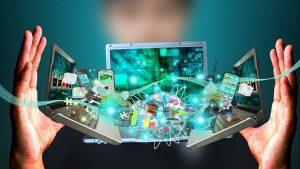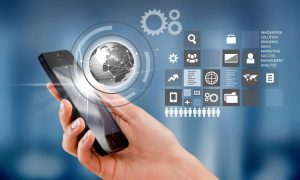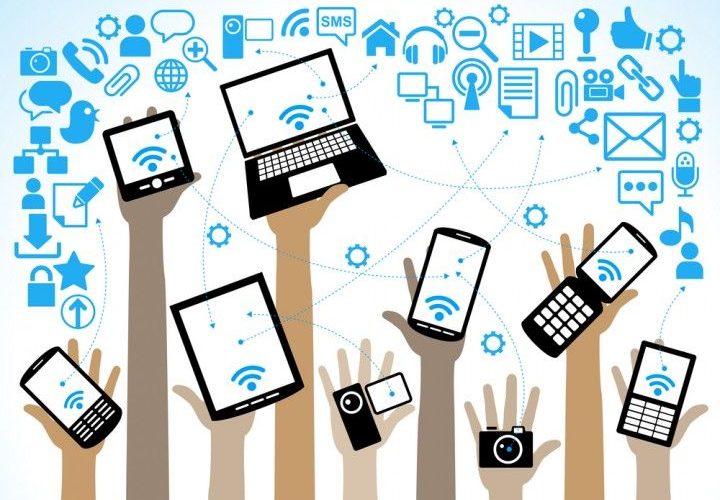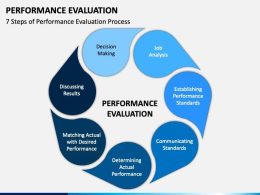Mobile phones are becoming more available, to those in crisis. They are critical for providing, affordable, and scalable help during emergencies. In such situations, mobile phones help with needs assessments, mass communication, and transparency through feedback.
Mobile technology is changing how people seek, receive, and share information. Whether using advanced smartphones or basic feature phones, these devices connect people in ways that were hard to imagine a few years ago Innovative apps extend how people use mobile phones.
From mobile banking to monitoring tools, phones are changing how responders handle disasters. However, we have yet to fully unlock their potential in emergency situations. To do so, we must address three key issues.
1. Improve Accountability:

Ensuring accountability in emergency response is challenging and costly. Vulnerable people often get left out, and more mobile use could worsen this. But, proper mobile use can smooth information flow and empower marginalized voices to partake in and inform the response.
2. Enhance Preparedness:
Many are unaware of how mobile phones can help in emergencies due to a lack of training and preparedness. Coordinated training and building organizational skills can prepare staff to use mobile technology effectively in crises.
3. Boost Collaboration:
A lack of teamwork between aid groups, mobile operators, and governments hampers emergency responses. Understanding and leveraging each sector’s strengths and fostering partnerships before disasters ensure efficient and coordinated actions.
The lower costs of smartphones and the growing number of useful apps are driving global adoption. Even in places slow to adopt computers, people are quickly embracing smartphones due to their wide uses.
Using Mobile Technology in Aid:
Aid organizations need to use mobile technology to better serve people affected by disasters. Mobile phones provide real-time information and communication, vital during crises. Mobile technology can be used before, during, and after disasters.
It serves as an early warning system, helps with emergency coordination, and boosts public communication. Even simple text services can significantly impact by sharing information and reconnecting families.
Mobile Technology for Disaster Preparedness:
Mobile phones can raise public awareness and reach vulnerable populations about disaster risks and preparedness. They send early warnings and help create tailored preparedness programs.
Global Disaster Preparedness Center (GDPC) Mobile Apps:
The GDPC promotes creative technology use in disaster preparedness. Their Universal App Program adapts mobile applications globally, providing first aid and hazard information. They also offer a disaster preparedness game for kids called “Tanah,” which teaches disaster risk reduction concepts. The GDPC, with SIMLab, is working to extend apps to basic phones, ensuring wider access.
Mobile Data Collection:

Many aid organizations use mobile devices for data collection. This has drastically cut costs and the time needed to gather and analyze data. Key tools include:
-
ODK (Open Data Kit):
An open-source tool for mobile data collection.
-
Magpi:
A user-friendly data collection app with advanced features like Text to Speech and automatic device updates.
-
UReport:
An SMS-based system for individuals to share experiences and receive information.
-
MPharma:
A mobile app for managing medicine prescriptions and usage, helping create a comprehensive health information system.
Conclusion
Mobile technology is proving to be a powerful tool in disaster response and preparedness. To fully harness its potential, we need to focus on improving accountability, enhancing preparedness, and boosting collaboration. With these steps, mobile technology can make disaster response more efficient and inclusive.












